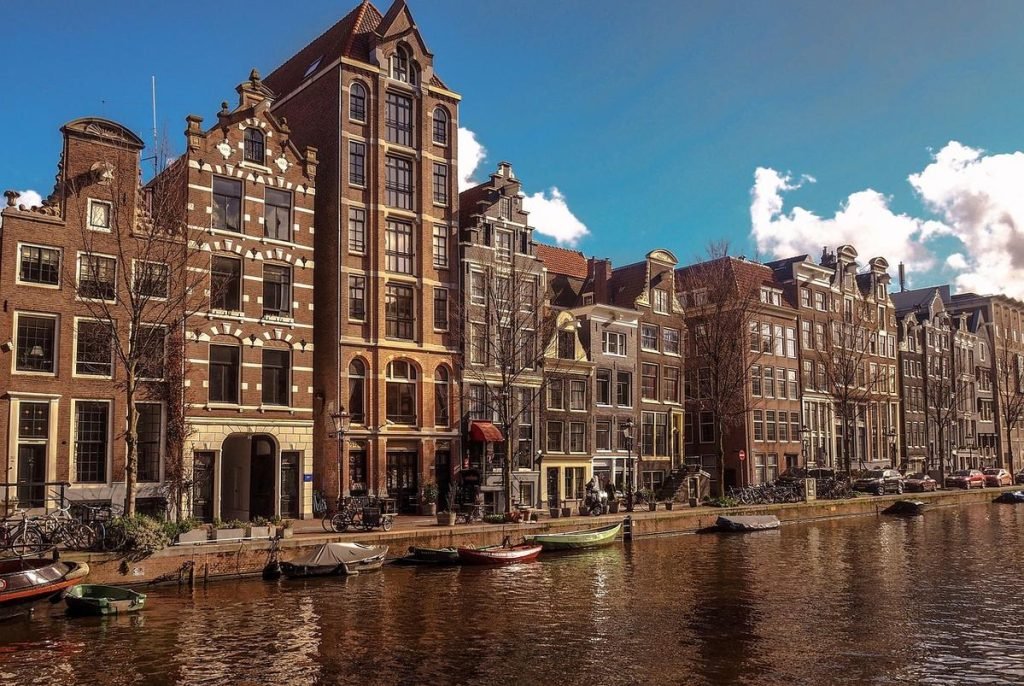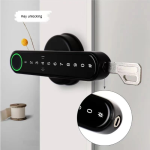Windsor Port Authority, one of 17 national ports formed under the Canada Marine Act of 1999, has boosted its monitoring capabilities along the Detroit River using high-performance cameras from Axis Communications. These cameras, coupled with radar sensors from Accipiter Radar Technologies Inc., provide clear visibility over river activity to help prevent collisions, spot illegal behavior, and aid in life-saving responses.
Located on the Detroit River between Lake Huron and Lake Erie, the Windsor Port handles 6,000 to 9,000 commercial ships plus more than 10,000 small fishing and recreational vessels each year. Commercial carriers transport bulk commodities, containerized goods, and hazardous materials, making traffic management a constant priority. Facing that volume of traffic, officials saw a need for clearer, round-the-clock surveillance.
“Axis’ cameras, along with Accipiter’s radar technology, have been vital to keeping the port safe for all who pass through it,” says Peter Berry, harbor master and vice president of operations for Windsor Port Authority. “Without detailed knowledge of the traffic in these waters, the risk of severe accidents increases significantly, so having the ability to both detect and visually confirm incidents in real-time is invaluable. We’ve already been able to do some amazing things with the enhanced surveillance solution, like quickly rescuing drowning victims and helping to catch human smugglers, and we’re eager to see what the future holds as a result of this upgrade.”
Accipiter’s radar setup has monitored river activity for years, offering real-time detection and tracking across wide areas. It can spot large cargo ships, small craft like jet skis, and even floating debris, but it lacked the visual detail required for precise remote oversight.
By adding Axis’ bispectral cameras to the system, the port created a full 360-degree surveillance network with thermal detection and visual validation. This configuration allows staff to take several critical actions:
-
Broadcast real-time alerts for channel obstructions
The U.S. Coast Guard notified the port about a cargo ship stranded in midriver after an engine fire. Thermal imaging and radar allowed operators to monitor the flames within the engine room and observe activity on deck. They confirmed that flames remained confined to the engine compartment before declaring the rest of the vessel safe. Personnel issued navigational warnings to reroute other vessels around the hazard, helping to secure safe passage even in darkness. Operators monitored shipboard crew movements, verifying that all personnel had cleared the vessel before rescue teams approached. Clear imaging prevented responders from entering a volatile situation. -
Guide vessels through bridge construction
During work on a new span linking Windsor and Detroit, supports, barges, and floating cranes posed potential hazards. Integrated cameras and radar provided continuous tracking of ships navigating beneath the structure, letting tug operators and pilots adjust courses in real time and avoid delays. -
Provide rapid-response coordinates for rescues
After the U.S. Coast Guard alerted the port about someone treading water near the Ambassador Bridge, staff used radar mapping and thermal images to pinpoint the person’s location. Rescue teams reached the individual swiftly, preventing a potential tragedy. -
Detect and document criminal operations
By scanning routine crossings from Windsor to Detroit, operators spotted a vessel making irregular maneuvers. Video clips and radar logs were passed to Canadian and U.S. authorities, leading to the arrest of two suspects involved in a human smuggling ring.
“At Axis, we take pride in working with organizations like Windsor Port Authority to contribute to improved marine domain awareness and heightened safety along the border,” says Anthony Incorvati, transportation segment development manager for the Americas at Axis. “Combining advanced camera and radar technology ensures comprehensive visibility in maritime environments, providing essential detection and visual verification to resolve incidents quickly and effectively. Not only that, but powerful business intelligence capabilities contribute to improved operations across the organization.”
The upgrade positions Windsor Port Authority at the forefront of modern maritime security. By merging radar and camera feeds in a single platform, the authority can respond faster to evolving threats and streamline daily operations, from traffic planning to equipment inspections.
That upgrade will give operators an early warning of airborne targets before they approach sensitive zones along the border, reinforcing port security on both water and in the air.
Looking ahead, the authority plans to extend its system to include aerial surveillance. Leveraging Accipiter’s three-dimensional slew-to-cue software, Axis cameras will switch between tracking vessels on the water and monitoring drone activity in the air with coordinated radar support, delivering full-spectrum oversight across both domains.



